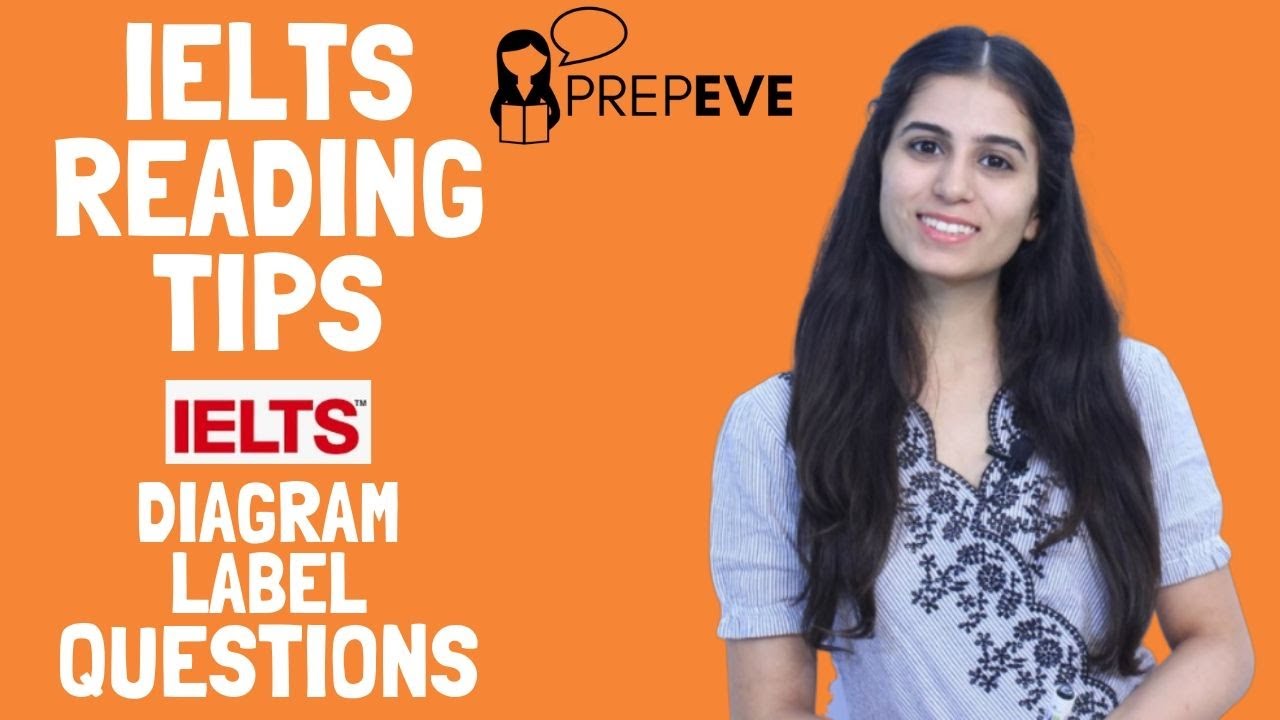Free Course (Reading) Module
Lesson 14: Diagram Completion Questions

In IELTS Reading Diagram Completion questions, you have to label (to name) different parts of a diagram, using words taken directly from the text. These questions are designed to assess a candidate's ability to understand diagrams and to identify the missing information in them.
The diagram may be a technical drawing, a description of something from the natural world, a process or a plan of something and can be from different fields such as science, technology, and engineering. The candidate is required to complete the missing information in the diagram by selecting the correct option from a list of given options.
The instructions will indicate the maximum number of words that you may use as your answer. For example, ‘use no more than 2 words’ means you may use 1 or 2 words from the text, but no more than that.
You should read the text, underlining the new terms and important names. Then, look at the diagram and think which parts of it you can label. Check your assumptions by looking back at underlined terms and label the parts you’re sure of. If there are some unlabeled parts left, check the diagram for key words. Then, scan the text for the right answer.
You should pay attention to any written information surrounding the diagram, as it may help you understand the diagram better.
You should also familiarise yourself with all the information provided with the diagram so you can increase your chances of finding the words that fit the gaps.
How to solve the module
Here is a step by step guide to solve IELTS reading diagram completion questions:
- Step 1: Read the instructions carefully and check the number of words you may use to answer the questions. The instructions will indicate the maximum number of words that you may take directly from the text to use as your answer1.
- Step 2: Skim the text to get the general idea and underline the new terms and important names. These terms are likely to be used in the questions.
- Step 3: Look at the diagram and try to understand what it represents. Pay attention to any written information surrounding the diagram, as it may help you understand the diagram better1.
- Step 4: Match the diagram with the appropriate paragraph in the text that refers to it. You can use the keywords in the diagram or the title of the diagram to help you locate the right paragraph3.
- Step 5: Scan the text for the words that fit the gaps in the diagram. The words should be taken directly from the text and should not be changed3. Use your underlined terms and names to guide you.
- Step 6: Write your answers in boxes on your answer sheet. Make sure you spell them correctly and follow the word limit.
Example of the module
Expert tips for the module
- Read the instructions and the questions carefully before looking at the diagram.
- Look for the title, labels, units, and legends in the diagram to understand the information.
- Pay attention to the sequence of numbers or data in the diagram to get the correct answer.
- Look for patterns, trends, and relationships between the data points to make an educated guess.
- Use the keywords and synonyms from the questions to find the relevant information in the diagram.
- Don't spend too much time on one question; move on if you are unsure and come back later if you have time.
- Check your spelling, grammar, and punctuation when writing the answer.
- Don't paraphrase or change the wording of the question in your answer; use the exact words given.
- You might not find answers in order
Required Skills
Task: Labelling a diagram
Skills:
- locating information in the passage
- relating the information to the diagram
- choosing appropriate words
Tips
- identify the type of word needed for the answer (noun / verb etc)
- find the information in the passage
- the information is usually located in one specific paragraph or two in the passage
- check how many words you can use for the answer
- answer do not always come in order
Next Lessons
Previous Lessons
Speaking Services
starts from $1
culpa id cupidatat et dolore est sint voluptate irure incididunt tempor ex est labore dolor commodo amet voluptate qui incididunt cillum occaecat cupidatat
Assess NowWriting Services
starts from $1
culpa id cupidatat et dolore est sint voluptate irure incididunt tempor ex est labore dolor commodo amet voluptate qui incididunt cillum occaecat cupidatat
Assess Now
